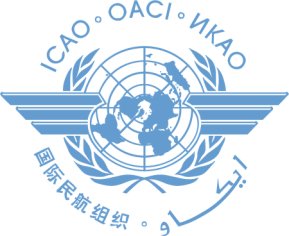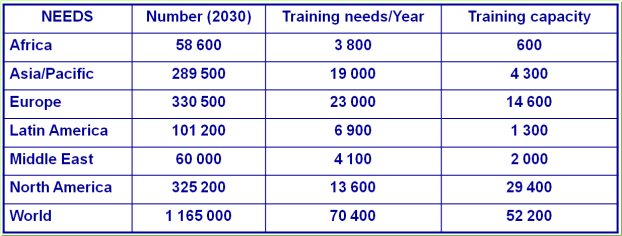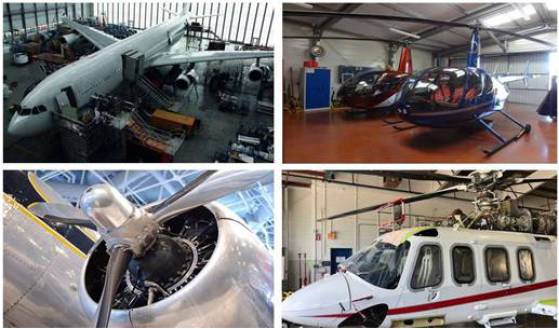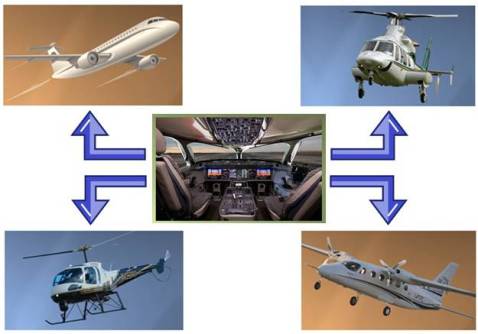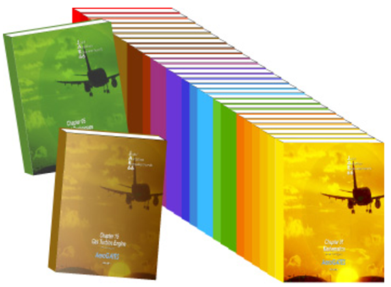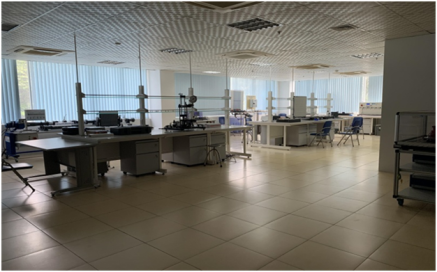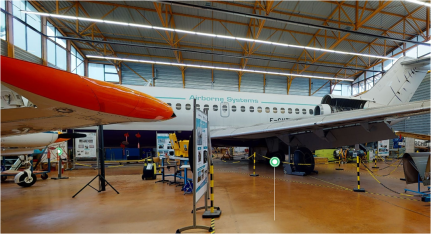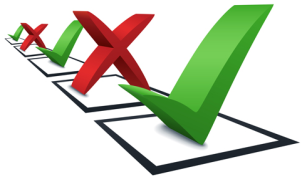PART-66 TRAINING & QUALIFICATION
Needs of mechanicians:
International Civil Aviation Organization (ICAO) has published an important report which explains that, over the next twenty years, the demand for qualified aviation personnel - such as aircraft maintenance personnel - will need to be correlated to aircraft delivery plans.
The challenge for the industry remains to ensure sufficient training capacities without compromising quality and safety standards.
The ICAO study shows that the maintenance aviation personnel population must increase by a factor of 2.0:
- from 581 926 (2010)
- to 1 165 000 (2030).
EASA PART-66 CATEGORIES
Certifying Staff authorised in accordance with Part-66 will be eligible to hold certification authorisation in one or more of the following licence categories:
1) CAT "A" licenses:
Categories "A" licenses qualify mechanics to perform minor scheduled line maintenance and simple defect rectification.
CAT "A" licenses are divided into the following subcategories:
- A1: Turbine Aeroplane;
- A2: Piston Aeroplane;
- A3: Turbine Helicopter;
- A4: Piston Helicopter.
2) CAT "B1" licenses:
Categories "B1" licenses validate more in-depth knowledge. The category "B1" technician is mainly involved in maintenance operations in the workshop (base maintenance). He/she ensures the full maintenance on aircraft structure, power plant and mechanical systems.
He may also perform minor maintenance on avionics systems that require simple tests to prove their operational status and for which he does not perform troubleshooting.
CAT "B1" licenses are divided into the following subcategories:
- B1.1: Turbine Aeroplane;
- B1.2: Piston Aeroplane;
- B1.3: Turbine Helicopter;
- B1.4: Piston Helicopter.
The "B1" license includes the "A" license of the same category.
They are intended for workshop mechanics and are necessary in the process of returning the aircraft to service.
3) CAT "B2" license:
CAT "B2" licenses are intended for maintenance personnel specializing in the maintenance of aircraft instruments and avionics.
Generally, the work is carried out in a maintenance workshop (base maintenance).
"B2" technician is performing complete maintenance on electrical instruments and avionics systems.
He works on all types of turbine and piston aircrafts: aeroplanes and helicopters.
The "B2" technician may also perform minor maintenance on mechanical systems that require simple tests to prove their operational status and for which he does not perform troubleshooting.
4) CAT "B3" license:
CAT "B3" licenses are limited for maintenance on aeroplane structure, power plant and mechanical to non-presmaintenance on mechanical systems that require simple tests to prove their operational status and for which he/she does not perform troubleshooting.surized aeroplanes of 2 000 kg MTOM and below.
THEORETICAL TRAINING & SYLLABUSES
AeroGATES provides a complete PART-66 library for all categories of technicians ("A", "B1", "B2" and "B3" licenses).
PRACTICAL TRAINING
Laboratories ans practical work are important for two reasons:
Q they allow to illustrate the theoretical training and, thus, to better understand the concepts. It helps to better assimilate the course.
Q they give the student the opportunity to carry out personal work, which represents a first step towards the profession for which he or she is destined.
In contrast to the theoretical courses, the PART-66 regulation does not set any content to be respected, as long as the contents dealt with are in line with the spirit of the PART-66.
The only criterion to be respected is the volume of this teaching in the total curriculum.
- For categories "A", the practical training must take place over 60% of the duration of the training.
- For categories "B1", "B2" and "B3", the practical training represents about 40% of this duration.
A distinction will be made between training carried out:on the premises of the PART-147 centre and training carried out in a PART-145 company.
Description of AeroGATES labs & practices:
PART-66 EXAMINATION
An applicant for an PART-66 Aircraft Maintenance License shall demonstrate, by examination, a level of knowledge in the appropriate subject modules in accordance with EASA regulations.


